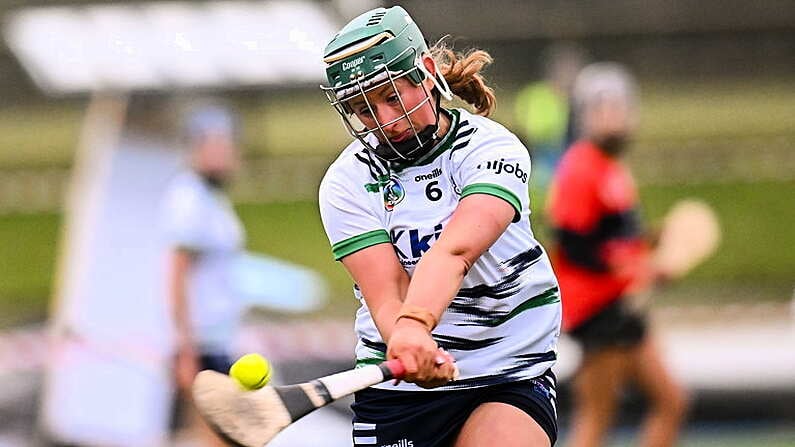Oh to be a GAA administrator. And so the decade will finish with what looks like yet another cause célèbre, this latest one being the introduction of a luminous sliotar.
The intentions, no doubt, are well-meaning and, in a break from the usual, a major step in the right direction for an association often shackled in its own conservative chains. Criticism should be at a premium, you would have thought. Alas, nothing is that simple within the circles of Gaelic Games.
There are two strands of thought regarding this latest development: that it's a step towards the evaporation of centuries of tradition, and that it's an overdue enhancement that will advance evolution.
In any sensible debate both sides will have merit, or some at the very least, but a defence of the status quo is one which is invariably weak. There should always be room for change, or at least an openness to the very idea.
Opposition to the new sliotar ultimately opens the door to that derisory term, the fabled hurling snob; and while it's an unfair characterisation in general, one that perhaps has roots in jealousy given football is so often compared to its small-ball companion, its usage, in this case, is in some way justified.

If some arguing against the introduction of the advancement didn't wear the same term like a regal badge of honour, they may just understand that the bright yellow sliotar is there to be embraced, an attempt to rid the game of its defects which consequently could lead to the growth of the sport.
Or that's the great hope anyway.
This, at the end of it all, is no great leap. We're not witnessing the introduction of burning sliotars lighting up the sky, producing kaleidoscopic fireworks that make us feel like we've somehow been exposed to the effects of LSD. As intriguing and all as that sounds, what we'll be exposed to is a lot more banal - a plain yellow sliotar, albeit with an element of technology.
For those unconvinced of hurling's virtues, the number one criticism has always been the same - they cannot see the ball. It's why so many people have been seen heading for the exit after a football clash when a fascinating hurling tie is just about to begin. Or why so many people have been late to their seats when it's the other way around. "Sure what's the point? At least I'll know what's happening when I turn on Saturday Sport."
Now, a yellow ball against a green surface isn't going to improve the situation a whole deal but a willingness to move in this direction can only be welcomed. Only then can we begin to creep up on other necessary improvements.
A red ball?
A blue one?
Multi-coloured? Oh, the blasphemy.
But does it really matter what colour ball is used?
And if a colourful one presents fewer obstacles to the many, then why is it even a discussion?

Anyway, since the announcement of the introduction during the week no legitimate reason has been offered for abandoning the idea, since deflecting on the issue by claiming there are bigger fish to fry doesn't cut it, and the quibbles over tradition simply aren't adequate reasons to abandon an initiative which may just open the game to so many others.
No game has developed from heading in the opposite direction to modernisation, but then, perhaps, that's the crux of the problem: Do people really want the sport to modernise?
Are people happy with the game expanding to new territories or is there a belief that others are trying to tweak with something that is not rightfully theirs?
It's attitudes like this - if they actually do exist - that bring to mind one of many Irish proverbs that continue to stand the test of time: "Ní troimide an loch an lacha." Loosely translated, the lake is not heavier for having the duck on it, and so assuming that expanding the game to new audiences is not a worthwhile endeavour is obviously hasty and unduly conservative. The initiative certainly won't be responsible for any of the current audience leaving. So, why not expand?

Anyway, creating new traditions is a positive tradition in itself. Indeed, without the cultivation of new traditions the game would be nothing but an unruly past time with mass brawls too often bringing games to an end - the ludicrous reality for the forefathers of the game.
Michael Cusack, perhaps even the greatest gael of them all, was anathema to the traditionalist, being the man responsible for devising the rules of the sport. Cuchulainn was hardly confined to the number of steps he could carry or even confined to a whitewashed boundary. As for the bigger fish that need frying, the introduction doesn't need to hinder other necessary changes and suggesting otherwise is deflection.
A mere scintilla of scrutiny sees the argument for the status quo as nothing but pride in an outdated custom. And that's fair enough - but it's high-time to move on.













